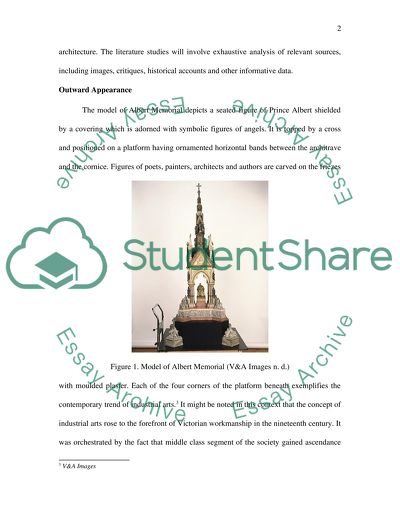Cite this document
(“Model of Albert Memorial Essay Example | Topics and Well Written Essays - 2250 words”, n.d.)
Retrieved from https://studentshare.org/architecture/1502464-model-of-albert-memorial
Retrieved from https://studentshare.org/architecture/1502464-model-of-albert-memorial
(Model of Albert Memorial Essay Example | Topics and Well Written Essays - 2250 Words)
https://studentshare.org/architecture/1502464-model-of-albert-memorial.
https://studentshare.org/architecture/1502464-model-of-albert-memorial.
“Model of Albert Memorial Essay Example | Topics and Well Written Essays - 2250 Words”, n.d. https://studentshare.org/architecture/1502464-model-of-albert-memorial.


